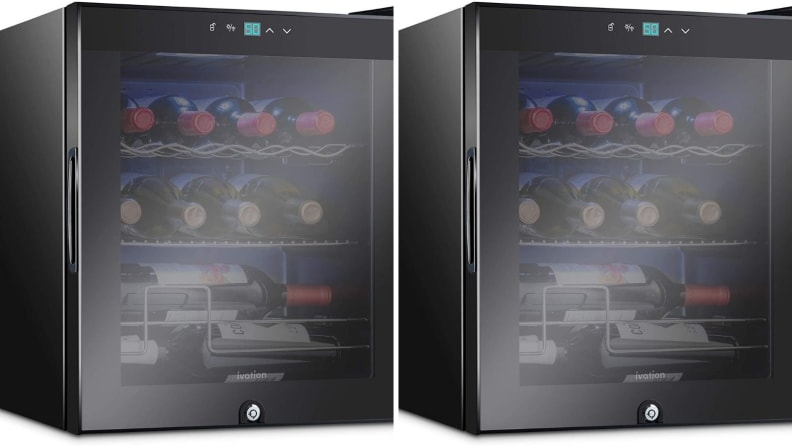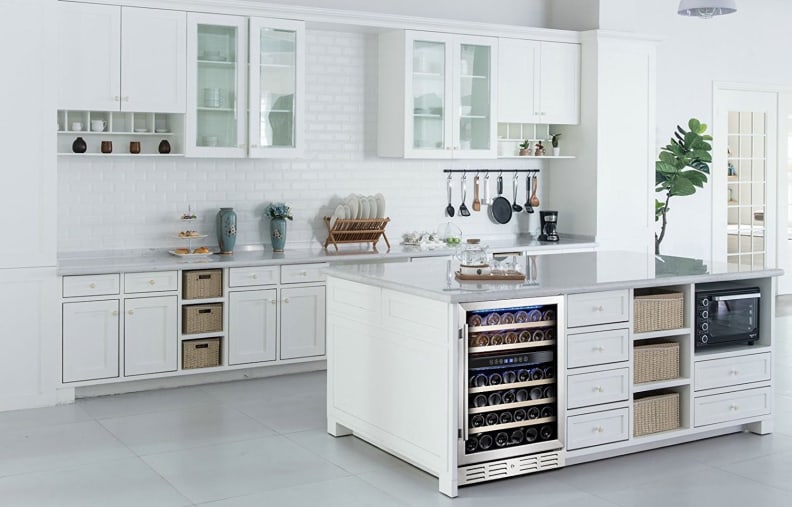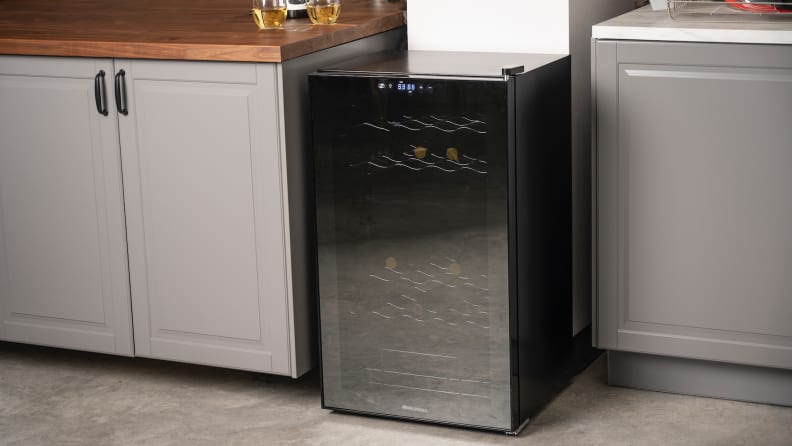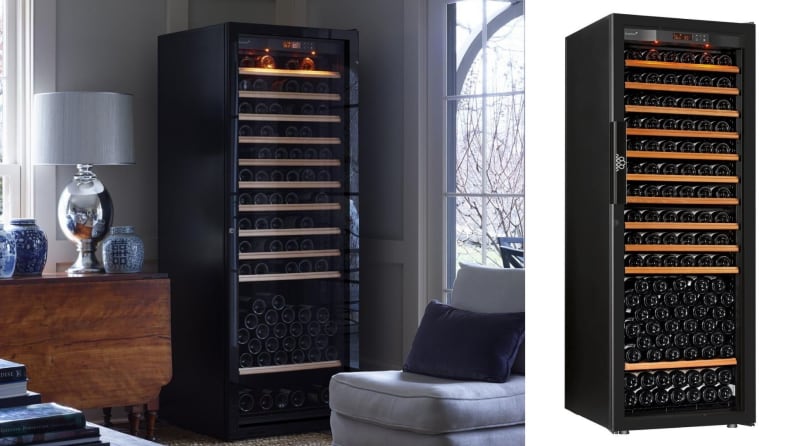Products are chosen independently by our editors. Purchases made through our links may earn us a commission.
There’s an often-used rule of thumb among casual wine drinkers when it comes to the serving temperature for wine: If it’s red, chill it in the refrigerator for 10 to 15 minutes before serving. If it’s white, take it out of the refrigerator 10 to 15 minutes before serving.
A white wine that’s too cold can taste too tart, while reds that are too warm may taste fruitless and unstructured. At the wrong temperature, wine also loses all those stunning aromas that tickle the senses.
I was once served an expensive bottle of Champagne that sat in the ice bucket too long. Along with my fizz, came unpleasant flavors of burnt toast. Thirty minutes left to warm in the glass and all of its citrus and floral notes returned.
But temperature doesn’t just superficially alter a wine's taste. Too much heat and sunlight will “cook” your wine, turning bright fruit flavors into something sour, like stewed prunes. The warmer the air, the faster the wine ages. And unlike that bottle of Champagne I drank, the pretty flavors won’t rebound.
It's this reason why wineries often age their bottles in caves, and why wine connoisseurs keep their wines in cellars, which both provide cool, consistent temperatures.
Leaving your wine to sit on the kitchen counter is apt to absorb unwanted heat from a hot stove and other appliances. And while using your regular refrigerator as a full-time chiller won’t hurt your wine, too many bottles can roll around or accidentally break when reaching for dinner ingredients or that late-night snack. Not to mention any bottle will still need to warm before pouring a glass (who has the patience for that?).
That's why a wine fridge, where you can control the temperature of your wine (which should be 10 to 20 degrees warmer than your regular refrigerator and about 10 degrees cooler than room temperature) is a worthy investment. Imagine bringing home a Chianti from your trip to Italy, or purchasing your favorite bottle of Champagne at a local wine shop, only to find several months later it’s undrinkable because it was sitting in a sun-drenched kitchen.
Wine refrigerators come in all sorts of sizes. Differences in price often account for energy efficiency, the technology it uses, humidity controls, and design. Some have dual temperature zones in case you want to keep your reds one temperature and your whites another (depending on the wine and who you ask, wines should be stored anywhere between 50 and 60 degrees).
For example, consider these options:

The easiest solution for the casual drinker is a fridge that holds about a case of wine, like this freestanding Ivation 12 Bottle Compressor Cooler that even fits on some countertops and includes a lock for less than $200.

For the entertainer or daily drinker, there are wine refrigerators designed to be installed under your kitchen counter–often holding three to four cases of wine—such as this Kalamera 24” 46-bottle Dual Zone Built-In.

For apartment dwellers like myself, there are freestanding models that are as quiet as a mouse and don't add too much to the electric bill, plus they look attractive to blend into your home bar area or living room, such as this Wine Enthusiast 32-bottle Wine Cooler, which also happens to be the best wine fridge Reviewed has tested.

And for those with high-value collections who want more precise temperature and humidity controls, better lighting, energy efficiency and sleeker finishes, the EuroCave—a favorite among sommeliers, wine professionals, and connoisseurs—offers cabinets of all sizes, including those that hold several hundred bottles of wines like the EuroCave Pure L Wine Cellar.
Just remember: wine’s a fickle creature. No solution is perfect and there’s no guarantee what will happen with a bottle of wine. One of my favorite discoveries was a 30-year-old bottle of Napa Cabernet, which I brought over to my friend’s house, and introduced as a “science project” because it was left standing upright on a bar cart in the middle of my parents’ dining room for at least a decade. When we opened the bottle, not only was it still alive and kicking, but it was gorgeous to sip. It was one of those memorable bottles that make wine geeks like me swirl with happiness.
But while we were lucky with that bottle, would other improperly-stored bottles be so lucky, too? There's no way to predict that and when you’re dealing with increasing wine prices or saving special bottles for special occasions, a wine refrigerator will mitigate any risk.
